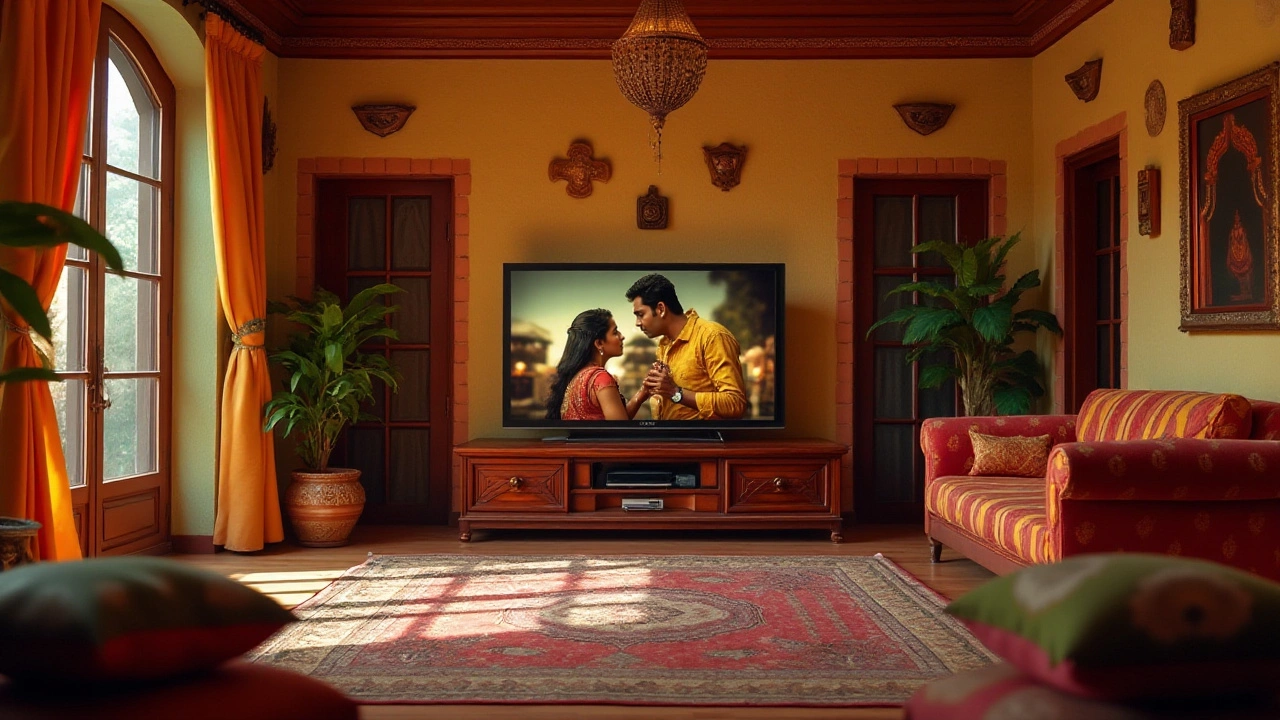TV Height: How to Choose the Perfect Spot for Your Screen
Getting the right TV height isn’t rocket science, but it makes a huge difference in how comfortable you feel while watching movies or gaming. Too low and you’ll crank your neck; too high and you’ll stare up like you’re at a concert. Below are simple steps to find the sweet spot, whether you’re using a stand or mounting the TV on the wall.
Why Height Matters
Your eyes should land about one‑third down from the top of the screen when you’re seated. That rule keeps neck strain to a minimum and lets you see the whole picture without moving your head too much. A TV that’s too low forces you to look down, which can cause fatigue after a marathon binge‑watch. A TV that’s too high does the opposite—your eyes tilt up and you miss details near the bottom.
Another factor is the size of the TV. A 55‑inch set sits lower than a 65‑inch model because the larger screen needs a higher line of sight to fill your field of view. If you have a family room with a sofa 3 feet high, a 55‑inch TV will probably sit nicely on a low stand, while a 65‑inch TV may need a taller stand or wall mounting to keep the top within that one‑third rule.
How to Find the Right Height
1. Measure your seating height. Sit on your favorite couch or chair and note the distance from the floor to the eye level. Most people sit with eyes about 40‑42 inches from the floor, but measure yours for accuracy.
2. Calculate the ideal screen center. Take the eye‑level measurement and subtract half of the TV’s height. For a 55‑inch TV (about 27 inches tall), the center sits roughly 13‑14 inches below eye level. That means the top of the screen should be a few inches above eye level.
3. Check your stand. If you’re using a TV stand, add the stand’s height to the TV’s bottom. A typical stand is 5‑7 inches tall. Make sure the combined height puts the screen’s center near your eyes. If it’s too low, consider a taller stand or a wall‑mounted shelf.
4. Wall‑mounting tips. When mounting, start by marking the desired center point on the wall at eye level. Measure half the TV’s height and mark the top of the mount. Double‑check the distance to any furniture below to avoid hitting a coffee table.
5. Adjust for room layout. If you have a recliner or you watch from a higher chair, you might need to raise the TV a bit. Conversely, a low lounge chair may need a lower placement.
6. Test it out. Sit in your usual spot, look at the TV, and notice if you’re tilting your head up or down. Small tweaks—like adding a thin mat under the stand or moving the mount a couple of inches—can make a big comfort difference.
Remember, the goal isn’t a perfect measurement on paper; it’s a viewing experience where you can relax without strain. Use the eye‑level rule as a guide, then fine‑tune based on your personal setup.
With these steps, you’ll have a TV height that feels natural, looks great, and keeps your neck happy during those long movie nights.
How High Off the Floor Should a 70 Inch TV Be? The Sweet Spot for Viewing
Wondering where to hang your 70 inch TV for the best experience? This article breaks down the ideal mounting height, why eye level matters, and how your room setup can change things. You’ll find practical tips for measuring, advice on common mistakes, and real-life examples to make setup easy. Everything you need to know about TV placement, covered in plain language.
Optimal TV Height for Perfect Viewing Experience
Positioning your TV at the right height can significantly enhance your viewing comfort and home entertainment experience. This article explores various factors that influence the ideal TV height, such as screen size, room layout, and seating arrangement. Readers will find practical tips on selecting the best TV stand and mounting options that suit different spaces. Discover how to achieve the perfect balance between aesthetics and functionality in your living space.






